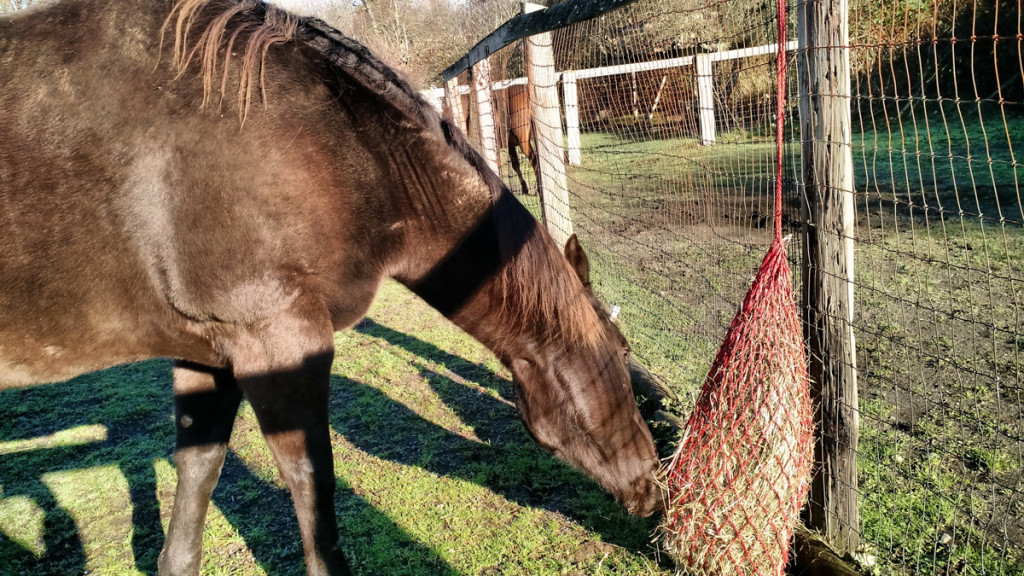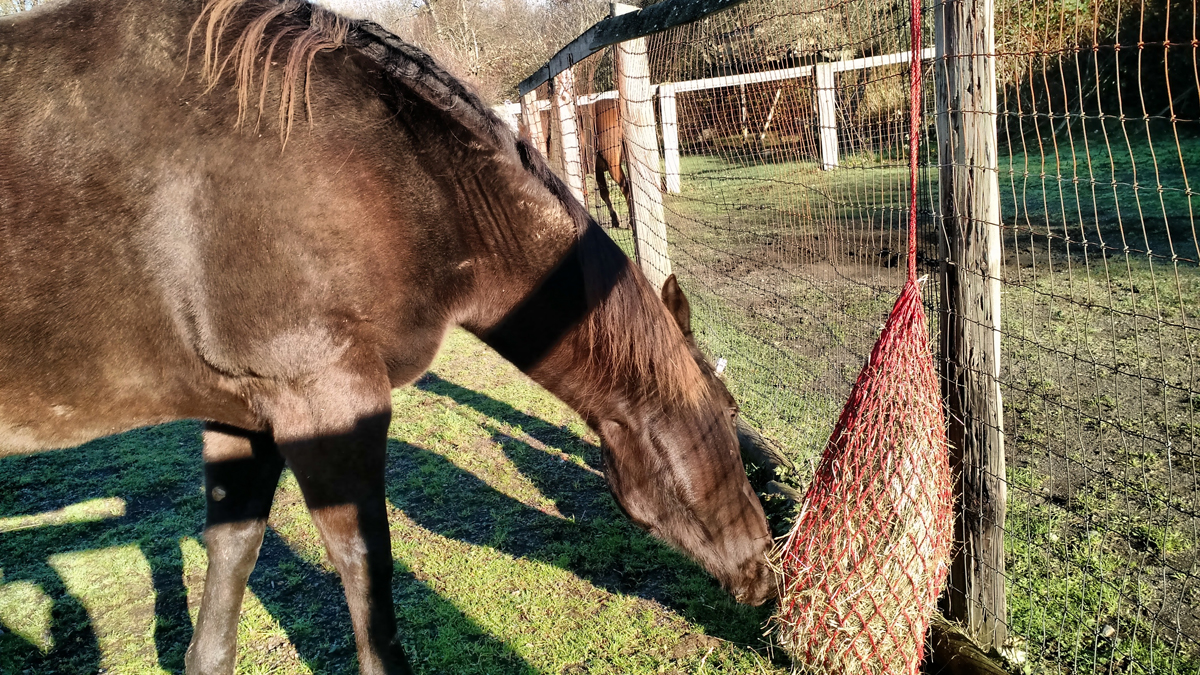by Wendy Croney
For the budget-wise person, one of the first steps in the journey of horse ownership is figuring out how much your best friend will cost you. While the financial responsibility will fluctuate due to unknown variables, it is truly helpful to figure the “bottom line.” This includes feed and the bare essentials such as hoof care. I have figured out that an average sized horse costs roughly $2,760 per year to keep at home. This breaks down monthly to $230 and is divided out as follows: Hay—$95, small amount of grain—$50, salt—$4, hoof trims—$40 (I trim my horses every 4 weeks), dental $16, vaccines $7 and fly repellents/grooming aids, misc $15. These are ongoing costs that repeat as long as you own a horse and will vary according to the economy and specific area in which you live. Of course you will likely spend more on your horse, but for the purposes of this article I am keeping it as basic as possible to give you a number to begin with.
As a do-it-yourselfer and “research-and-learn-the-best-practices” type, I have actually pared the above number down for my personal horses. This has been important because I’ve had as many as 9 horses at a time! Currently I own 5. I have discovered many ways to keep horses healthy and happy while lowering my bottom line and would love to share my budget friendly methods with you. Since we are well into winter, this month we’ll focus on feed. At this point in the year, even those of us with lots of pasture are feeding hay and this is no longer an inexpensive feed.
The least costly way to buy grass hay (which I’ve found to be best for my horses) is to go to a local farmer selling it fresh out of the field. Plan ahead each year by watching the weather and keeping an eye on advertisements for hay. Choose a good price and be sure to go look at it before you commit to buying it. If you have a truck and trailer and willing friends to assist, you can fill up your barn with hay to use throughout the winter at much less than it will cost you from the feed store—SAVINGS!

Now you have fresh hay, but what is the most economical way to feed it? Is your horse a hard or easy keeper? What does your feeding location look like? Individual or group setting? It is well known that horses do best with constant access to feed, especially in inclement weather. Not only will they be happier, they will be healthier. Research shows that horses need to eat small amounts 24/7 with no more than 30 minutes without eating. With this in mind (along with my financial bottom line), I use a feeding method that is the least wasteful and the most beneficial for horses –slow feeders. There are several types available now, making it easy for you to decide what will work best in your situation. I have horses that are “easy keepers,” a group setting and feed inside the barn so I use slow feed hay nets. These nets can also be used outside. The general daily hay allotment goes in nets that have 1.5” holes. For the evening feeding, my horses get hay in nets with 1” holes, providing them with hay all night. If you have hard keepers and can feed inside, you may like the box type slow feeders that can hold an entire bale so the horse eats as much as he wants. Either way, slow feeding mimics nature by allowing the horse to “graze” all day. This lowers the risk of colic, ulcers and other gastrointestinal problems. The other advantage to this system is that little to no hay is wasted—SAVINGS!

Because I have lots of pasture, I seldom feed grain in the summer months; the horses are already ingesting too many calories in a day. Even if you feed hay year round, you may not need grain in the warmer seasons as horses burn fewer calories. During the winter, however, I add some timothy pellets to my horses’ daily ration. Many processed, branded grain products are very good and come backed by significant research. However, for me I prefer grass hay pellets because I don’t have to analyze the ingredients label. They are also the most cost effective and the horses grow to love them—SAVINGS!
Most horses do not receive all the nutrients they need from hay alone, so I also feed a quality vitamin mineral supplement I took time to research. This product contains certain ingredients missing from the local soils in Northwest Washington where I live. There are many vitamin supplements on the market, but with a bit of time spent researching you can find the best one for your particular situation. Salt is also a basic mineral that horses require and it comes in a brick or in loose form. Remember that if you already provide a vitamin/mineral supplement you can over mineralize by purchasing “mineral salt.” Plain white salt is less expensive and allows the horses what they need, without forcing what they may not need—SAVINGS! I use both loose and brick salt as I’ve observed my horses have times when they seem to want more.
In conclusion, with a few simple ideas and a little investment, you can save enough money in basic horse care expenses to make a real difference. I look forward to sharing money saving tips in other areas of horse care and management in the coming months. Stay tuned, and enjoy your horses!
Published in January 2016 Issue

Wendy Croney has owned and ridden horses her entire life, discovering she has a true talent for effective, gentle horse training as well as teaching horseback riding. She has been training, teaching horsemanship and giving lessons in multiple disciplines for more than 30 years using her own methods developed through experience, as well as learning from Richard Shrake, Clinton Anderson and many others. Wendy is known for an economic approach to horse care and personally provides it to her own horses, including hoof trims. She focuses on creative ways to keep horses as naturally as possible on a tight budget. Wendy has retired from her business, “Galloping Horse Equestrian” in Colorado Springs, CO, however she is still available for consulting and continues the quest to provide the finest horse care for the most effective cost.

